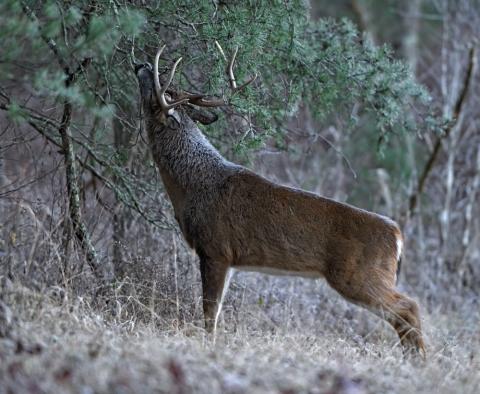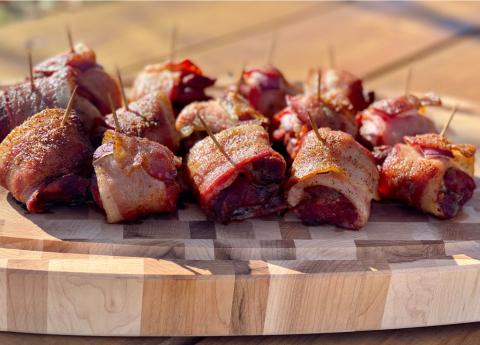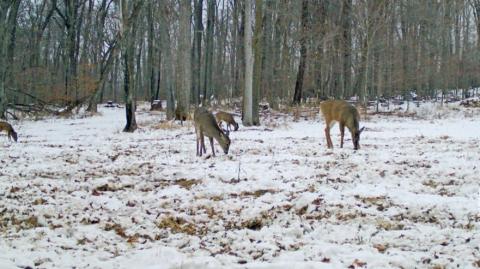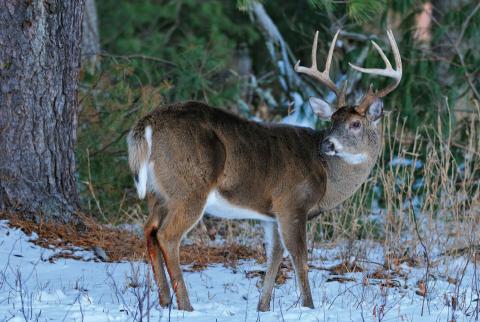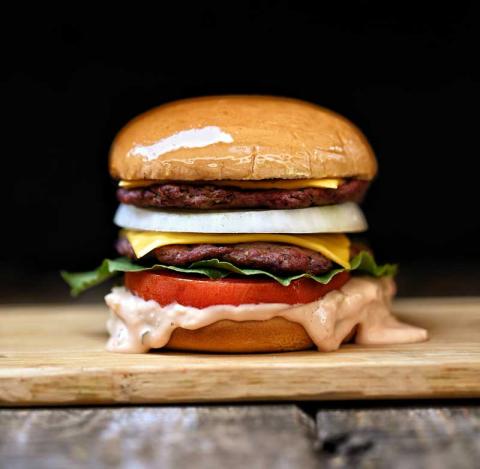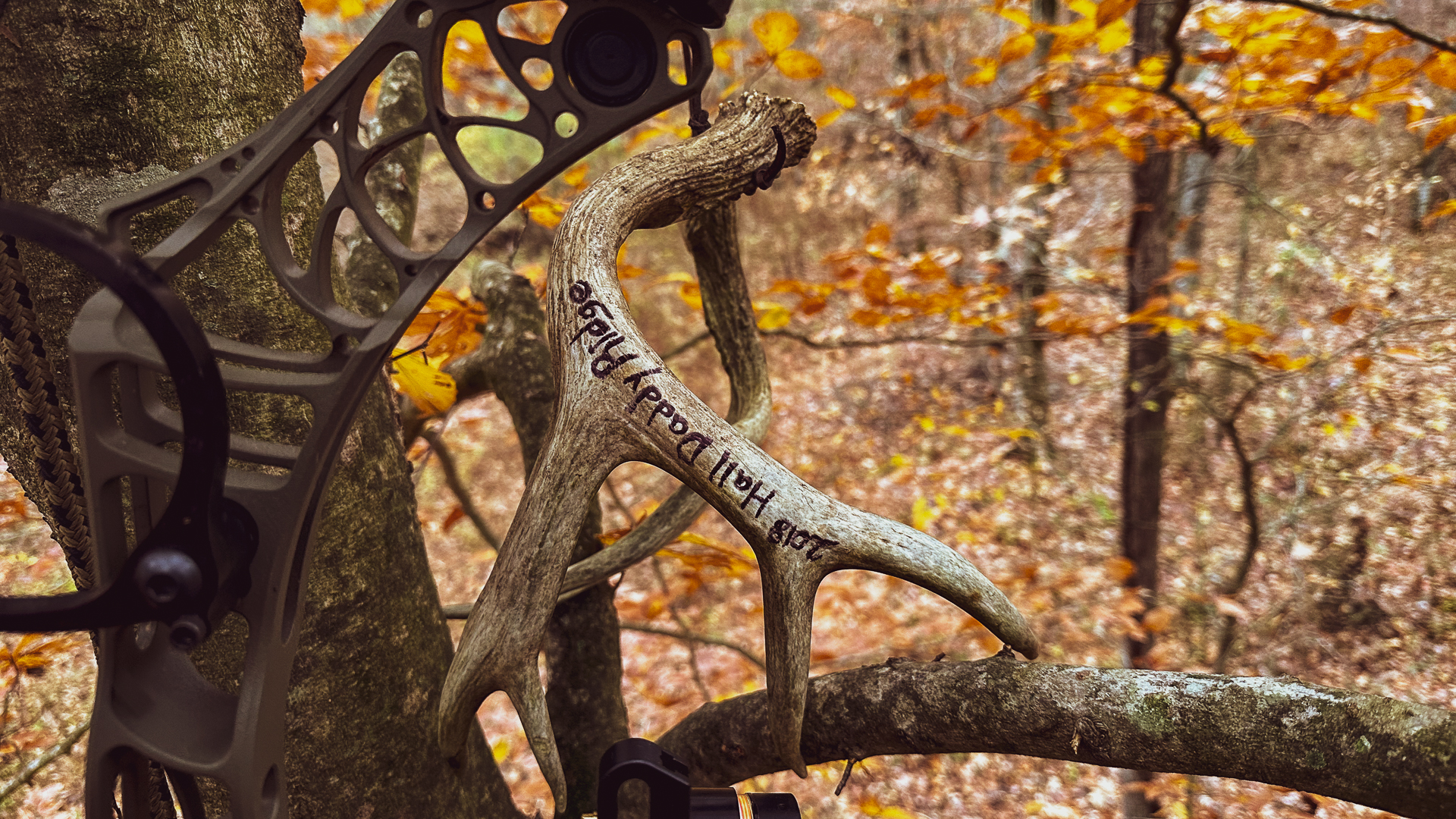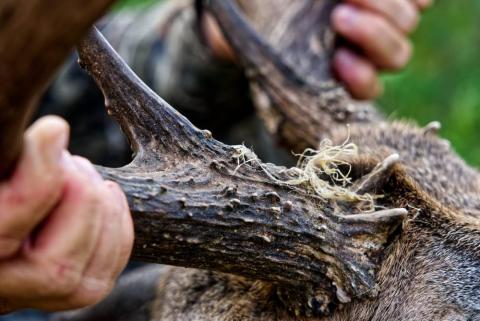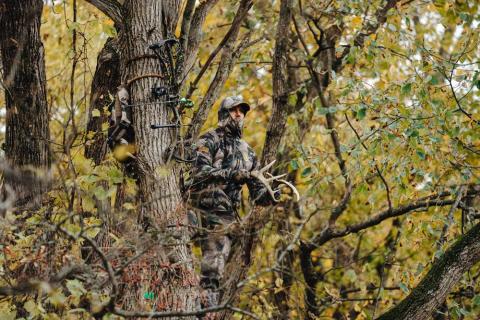Phillip Gentry
With big game seasons well under way in most of the country, it’s likely that many hunters have already taken shots at big game animals. Some of those shots found their mark and some of them didn’t. The mechanics of rifle shooting is a course in and of itself. A myriad of factors go into making an accurate shot, either on a paper target at the range or on a live, big game target in the field.

Consistently making longer shots at big game animals is a skill set than many hunters fail to understand.
While shots can be missed at any distance, the further the shot is, the harder it is to make due to a broader range of influences. Some of these influences are more correctable than others, so let’s take a look at some common elements that can elevate the average hunter into making more accurate, long distance shots.
Long Range Equipment

It’s near impossible to make consistent, accurate long distance shot with inferior equipment.
Achieving 200 miles per hour simply isn’t going to happen in a Ford Pinto. It’s also as unlikely to make routine 400-yard shoots on deer with an entry level production gun, economy scope and clearance sale ammunition.
One thing most casual shooters don’t recognize is that the scope is more important than the gun. Accuracy is achieved by doing the same exact thing over and over and if a scope will not hold true, it’s impossible to be accurate. The quality of glass used between an economy scope and a competition rifle scope is a wide gap. It’s not uncommon for a long-range shooter to spend twice as much on optics as is spent on the gun itself.
Long Range Ammo

Premium ammo is expensive, but the quality of better ammo will pay for itself in the end.
Entire volumes of books can and have been written about ballistic accuracy using a variety of calibers, grain weights, and powder loads. Most competition shooters turn to hand loading their own ammo by necessity. Short of that kind of investment and skillset, finding the right bullets for hunting deer at longer range is a key component to accuracy.
Hand loading allows you to more precisely align the bullet in the casing, which in turn keeps the bullets from bouncing off the sides of the barrel as it exits. Premium rifle/hunting ammo is typically held to higher specifications than cheaper, mass-produced ammo and costs more for a reason. It’s also common to find that one manufacturer’s ammo consistently produces better accuracy in a particular gun than other ammo, so it’s worthwhile to spend time searching for the factory load that best fits your gun.
Skill Level
The only way to be a better long-distance shooter is to practice, practice, practice. Start out by having a goal in mind, decide on what you want to accomplish every time you pull the trigger.
Have an objective in mind when you practice, other than just hitting the target closer to the center. You want to touch the gun the same way every time you shoot. That builds consistency and accuracy. Also practice at the distance you want to be able to shoot at. If it’s 400 yards, there are a lot of variables that affect accuracy. The slightest vibration or movement that causes you to miss ½ inch at 50 yards will move the bullet dramatically out at 400 yards.
Some additional skill level practices might include dry firing center fire guns at the target while watching through the scope. Work to decrease movement of the crosshairs when the trigger is depressed. Having another shooter video tape your performance will let you see what parts of your technique you need to improve.
Many big game hunters spend time at the range during the pre-season but don’t dedicate the time to practice shooting in favor of spending the time hunting for live targets. An important factor in making longer accurate shots is to continue your shooting practice throughout the hunting season. It’s also wise to do this to keep your scope zero in check to make sure the bumps and jolts along the way while hunting haven’t skewed the scopes accuracy.
Stable Shooting Platform

Having a stable shooting rest to keep the gun immobilized while taking the shot is a big factor in shooting accuracy.
While all of the various aspects work together, possibly the most basic is shooting off of a stable rest. In bench rest shooting competitions, having a stable rest is not even an afterthought, but taking a long distance shot at an animal from a hunting stand is much different.
In a deer hunting situation, the stability of the the rest is a variable that only the hunter can account for. It’s impractical to think making long distance shots is possible offhand. The gun needs to be stationary and that means holding it steady, on some type of support to immobilize the gun.
In the end, the dedication of the shooter to increase their skill level makes the difference. A skilled shooter practices more and shoots more often. A skilled shooter analyzes what shots went wrong and why and works to improve the problem that caused the inaccuracy. A skilled shooter also possesses the confidence in knowing that he or she can make the shot about to be taken.

















